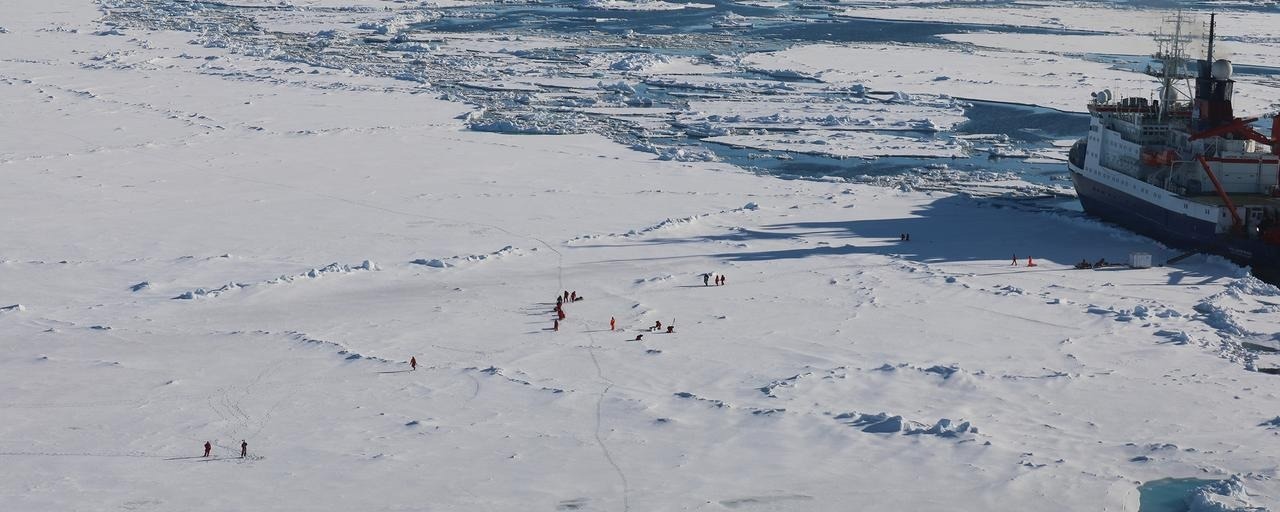Climate models used by the UN’s IPCC and others to forecast climate change are not accurately portraying the future of the Arctic. According to scientists at the University of Gothenburg, the rate of warming will be much faster than predicted.

Image Credit: Céline Heuzé
Because of the Arctic’s sea ice cover and harsh climate, few observations are made in that region of the world. This means that the climate models used to forecast the future of the Arctic have not been optimized to the same extent as those used elsewhere in the world.
Two recent studies involving the University of Gothenburg scientists contrasted climate model results to actual observations. They concluded that the Arctic Ocean will warm much faster than predicted by climate models.
Models Underestimate the Consequences
These climate models underestimate the consequences of climate change. In reality, the relatively warm waters in the Arctic regions are even warmer and closer to the sea ice. Consequently, we believe that the Arctic sea ice will melt away faster than projected.
Céline Heuzé, Study Lead Author and Climatologist, University of Gothenburg
Warm water enters the Arctic Ocean through the Fram Strait, which connects Greenland and Svalbard. However, in the climate models, the volume of water in these ocean currents and its temperature are too low, which is one of the reasons why the climate models’ projections will be inaccurate.
Even the Arctic Ocean’s stratification is incorrect. The authors argued that because roughly half of the models predict an increase in stratification and the other half predict a decrease, the effects of global warming cannot be accurately predicted.
Acquiring Hard Data Must be Prioritized
This is a serious situation. If governments and organizations all over the world are going to rely on these climate models, they must be improved. Which is why research and data acquisition in the Arctic ocean must be prioritized. At present, we cannot provide a useful prediction of how quickly the Arctic sea ice is melting.
Céline Heuzé, Study Lead Author and Climatologist, University of Gothenburg
The Arctic is an important region for predicting the future severity of global warming. Its sea ice contributes to the albedo effect, which is defined as a white surface that reflects sunlight away from the planet. More solar radiation would reach the Earth if the ice melted.
We need a climate model that is tailored to the Arctic. In general, you can’t use the same model for the entire planet, as conditions vary considerably. A better idea would be to create a specific model for the Arctic that correctly factors in the processes occurring in the Arctic Ocean and surrounding land areas.
Céline Heuzé, Study Lead Author and Climatologist, University of Gothenburg
Journal References
Heuzé, C., et al. (2023). The Deep Arctic Ocean and Fram Strait in CMIP6 Models. Journal of Climate. doi.org/10.1175/jcli-d-22-0194.1.
Muilwijk, M., et al. (2022). Divergence in Climate Model Projections of Future Arctic Atlantification. Journal of Climate. doi.org/10.1175/jcli-d-22-0349.1.